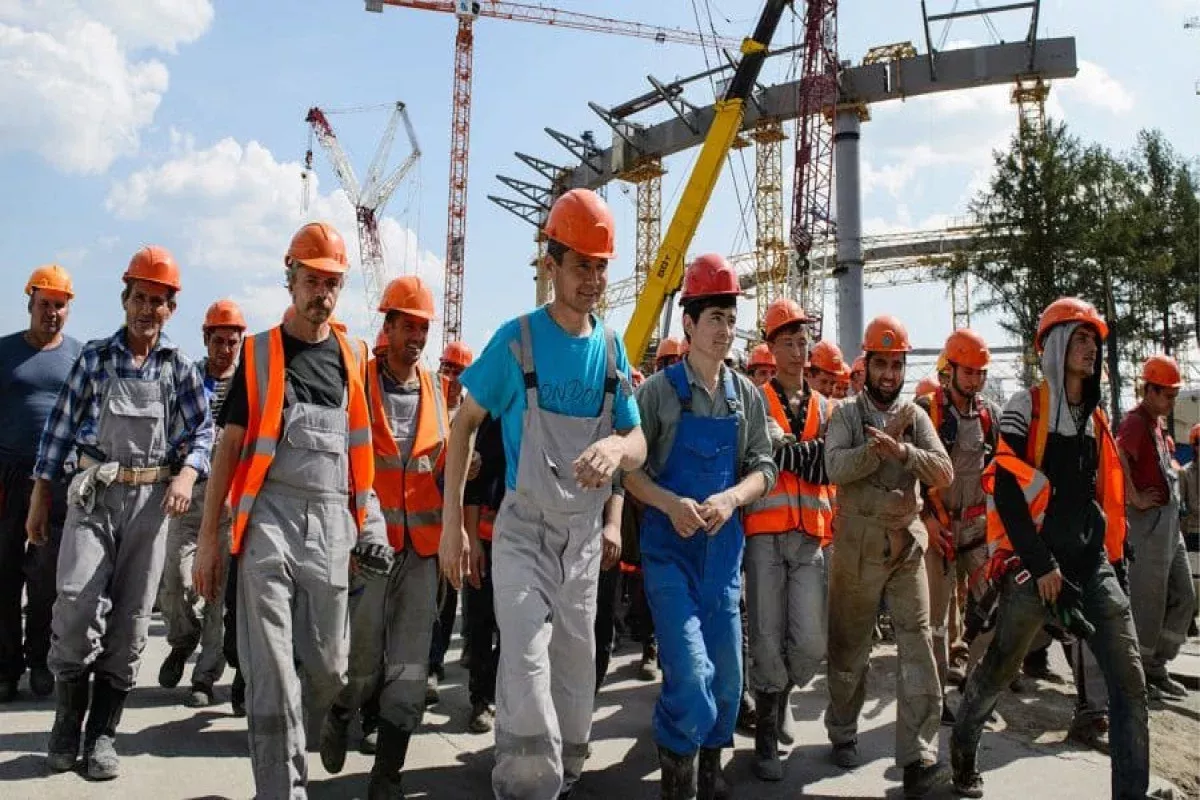
One of the biggest problems in the Russian economy in recent years is the decline in the workforce. This was reported by Zamin.uz.
Due to demographic decline, aging population, and a decrease in the number of working-age citizens, the shortage of labor resources is intensifying. According to a new report by the Eurasian Development Bank, this process has become chronic and may become an even more serious problem in the coming years.
Between 2010 and 2024, the number of employed people in Russia's economy increased by more than 4 million, yet by the summer of 2025, the unemployment rate dropped to 2.2 percent. This figure is significantly below the natural unemployment rate and is a clear sign of labor shortage in the labor market.
To maintain balance in the labor market, it is necessary to attract more migrants, increase the participation of the older generation in the economy, and improve labor productivity. Over the past 15 years, approximately 250,000 foreign workers have come to Russia annually, which accounts for only three percent of the working-age population.
The pension reforms of 2019 helped the older generation remain employed. For example, the employment rate among those over 60 was 13 percent between 2016 and 2018, but now this figure has reached 16.7 percent.
Additionally, wages have increased by nearly 18 percent over the past two years, encouraging many citizens to return to the labor market. However, the problem of staff shortages remains persistent.
According to the Central Bank of Russia, in the second quarter of 2025, most enterprises complained about labor shortages and plan to recruit new employees. The main reason for this problem is the aging population and the decline in the number of working-age citizens.
International forecasts indicate that by 2040, about 40 percent of workers in Russia will be over 50 years old. This may lead to a decrease in labor productivity and a slowdown in economic growth.
The greatest staff shortages are observed in manufacturing, trade, logistics, information technology, and healthcare sectors. For example, the processing industry lacks 400,000 workers, the trade sector more than 300,000, and the transport and logistics sector nearly 200,000 workers.
Experts explain this situation by demographic changes, the migration of specialists abroad, the gap between the education system and labor market needs, and the growth of the defense sector. Labor shortages also negatively affect the work environment.
Employees are taking on more responsibilities, which leads to fatigue and a decline in work quality. According to the Russian Ministry of Labor, this problem will persist at least until 2030, with the demand for labor expected to reach 3.1 million people.
Experts believe that to overcome this crisis, it is necessary to improve migration policy, develop automation and technologies, increase labor productivity, strengthen public health, and extend the active working age. In this way, the Russian economy can overcome the labor shortage problem through technology and efficiency.







